Winner of various awards, including Best Indie Game at MomoCon 2016, Fishing Cactus’, Epistory, is an innovative action/adventure game that focuses on keyboard typing mechanics and is set in a beautiful atmospheric origami world.
First Impressions
Starting up the game for the first time, the beautiful atmospheric world immediately draws you in. The art style of this game is being praised for its beauty and creativity, and these praises are well deserved because Epistory wastes no time immersing the player in its organic, origami world.
The game’s world literally unfolds like paper, it’s environments pop-up like a children’s book, and the story’s narration appears on environments like text on a page. You immediately feel as if the world of Epistory is alive and waiting for you to uncover its secrets.
Interacting with the world by typing words feels surprisingly good and fresh. Alongside narration that etches onto the environment, players begin their journey by investigating a burning meteorite that’s crashed nearby. Exploring the first dungeon, Burning Hollow, players gain access to a Fire ability, allowing them to now interact with objects and enemies whose text words are orange and not the standard white.
Gameplay
Epistory is a typing focused game, with the player moving throughout the world in horizontal, vertical, and diagonal directions. The world is made up of squares, so these movement options complement the world design well. Every object or enemy interaction is made through the player typing the word above each object. Enemy hit points are the number of words the creature has above it that the player must type to unleash damaging missiles.
By clearing Nests of Corruption (which are events in which waves of enemies’ progress towards the player), defeating enemies, or clearing objects, players gain experience points that can be put into different skills on a skill tree. This gives one incentive to explore the world.
As the player progresses through the game, they gain elemental abilities that include: Fire, Ice, Spark, and Wind. Each element allows the player to interact with different objects in the game or solve puzzles. For instance, Ice magic can freeze certain sections of water which allows the player to move across the ice acting like a bridge. Spark activates switches, Fire burns obstructing bramble and lights torches, and Wind activates windmill switches.
Furthermore, elemental magic adds a layer to combat scenarios. Some creatures of corruption have colored text above their models indicating which magic must be used against them. White text enemies are all vulnerable to the elementals, and utilizing different magic abilities allows player choice in how they handle combat scenarios.
For a player who prefers crowd control over damage, using the ice ability freezes enemies in their tracks for a duration of time. This allows players to regroup, focus on faster moving targets, or keep enemies at a distance for a longer period of time. Much of the combat in Epistory forces the player to prioritize which enemies they vanquish first, because each enemy moves at different speeds and each enemy has different hit points.
During my playthrough, I liked to use Fire most commonly. This ability burned away the word that immediately followed the initial one I would type, allowing me to defeat enemies much more quickly. However, utilizing all elements is sometimes necessary and often times yields great results.
For example, a player could begin by freezing far away targets, then proceed to burn incoming targets that are moving quickly, or push them back with gusts of wind, or utilize electricity for AOE damage that bounces onto multiple targets, knocking down words of multiple enemies. To complete Epistory, finding a balance of crowd control and offensive tactics is essential.
The Takeaway
Epistory is a game with a unique style of gameplay that accomplishes much in its duration.
The world immediately immerses you in beautiful environments that range from a wooded forest, a floating island city in the sky, and a dark mine shaft that players bring illuminate with crystals. There are a total of eight different dungeon areas to explore and complete, and each section focuses on a specific section of the game’s story–revolving around a young woman and different segments of her life.
By thoroughly exploring these dungeons, players can collect Fragments to complete an illustration that gives more detail and background to the part of the story the dungeon tells. Because the game is very story driven, the typing mechanic suits Epistory well. Furthermore, the game would be a great educational tool to teach people of various ages how to type well on a keyboard and even teach them new words in the process.
The sense of detail in the game is astounding as well, and I loved interacting with the world and bringing it to life through the words I typed. The words themselves are always synonymous to the object in question, or thematic elements of the game’s story, and that only adds to the game’s unique experience.
The level of difficulty progresses in a manner that is sometimes challenging, but altogether suiting. The further the player progresses, more enemies appear during Nest events and the length of the word needed to be typed grows.
Although I immensely enjoyed the experience of Epistory, the pattern of the game did get a little repetitive.
For the most part, the game stayed fresh by introducing the elemental words and introducing new environments, but the last Wind elemental felt slightly like an afterthought because it is gained in the very last hours of the game.
At some points during Nest events, enemies spawn at different distances from the player. The further distanced enemies’ text words could be hard to read because their color and the background color would mesh, and because you want to clear enemies as quickly as possible, it would’ve been nice if the words were consistently clear.
Furthermore, the game does such a great job with immersing the player in its world and feeling, that sometimes the narration that appears at intervals throughout the game’s world and dungeons sometimes feels distracting.
The narration is good, but I think moderation could be key. Sometimes the lines of details simply describe the setting, but the aesthetic of the world is so beautiful that players do not need further details, they just need to be able to experience the setting. The feeling that I believe the developers wanted to accomplish is there with the world alone–rendering some of the added lines of narration distracting from their beautiful scenes.
Overall, the length of the game felt appropriate, and although the story falls a little flat, it does come together much better in the last Desert area.
Currently priced at $14.99 on Steam, Epistory offers players around 6 hours of gameplay, with the main story and a good amount of exploring. Although not a long game by any means, the innovative gameplay and immersive atmosphere makes the game’s price well worth it.

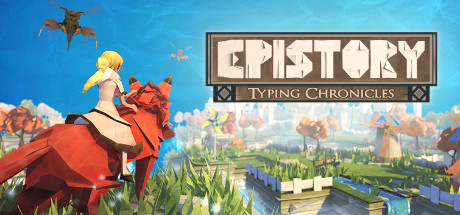


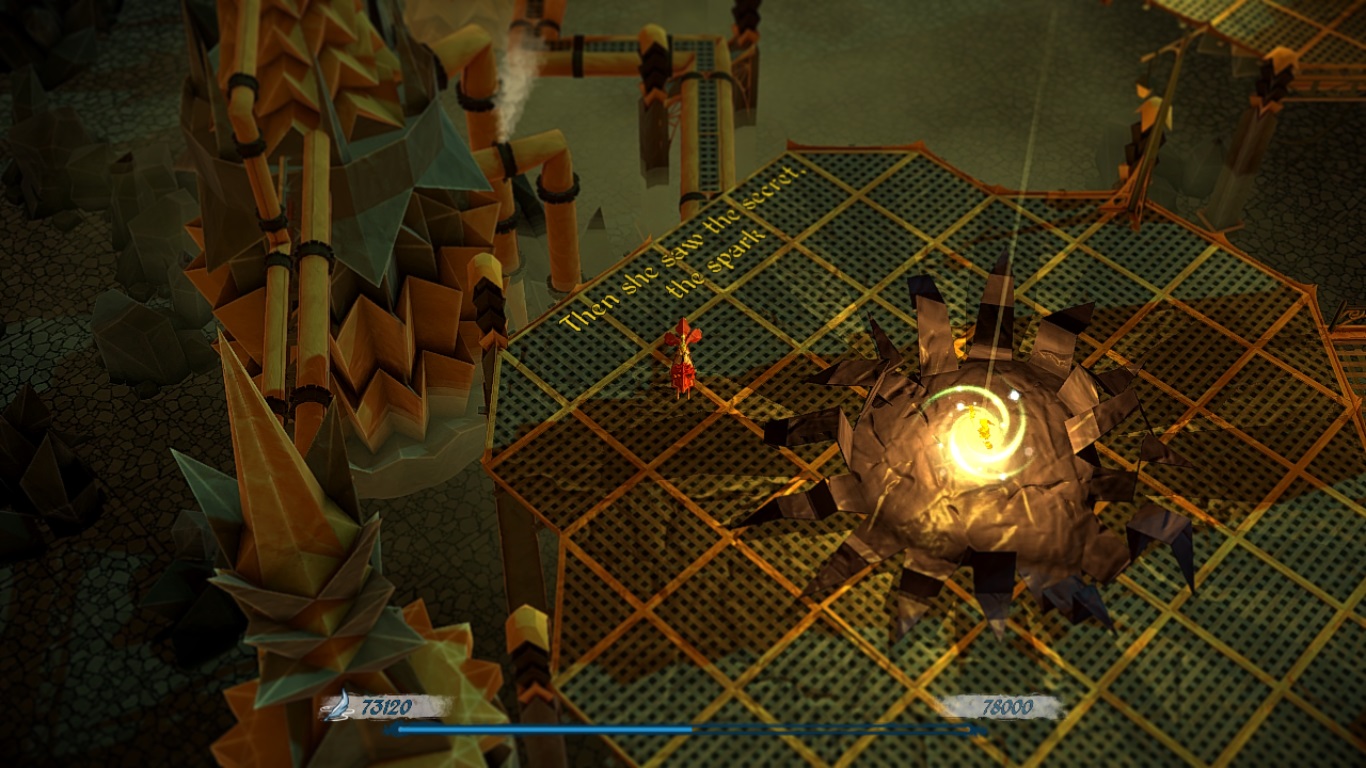
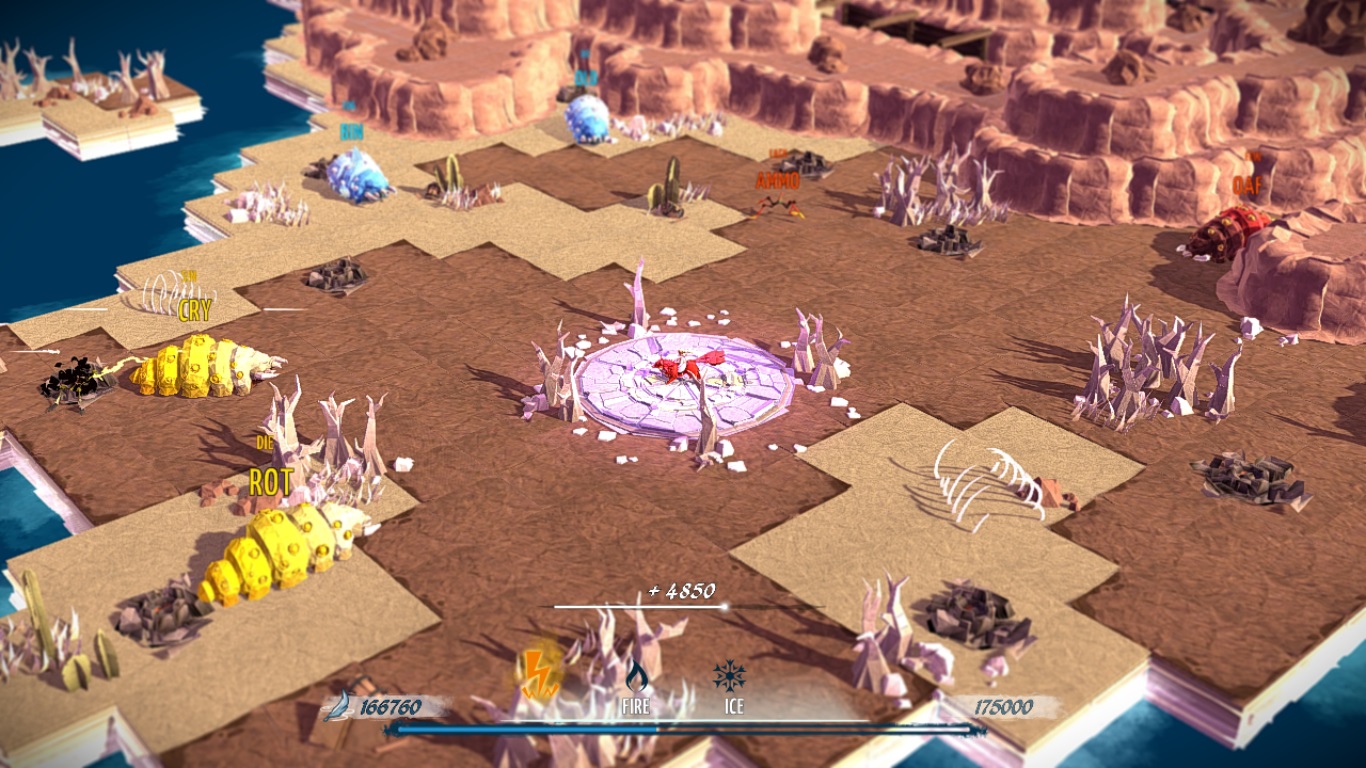
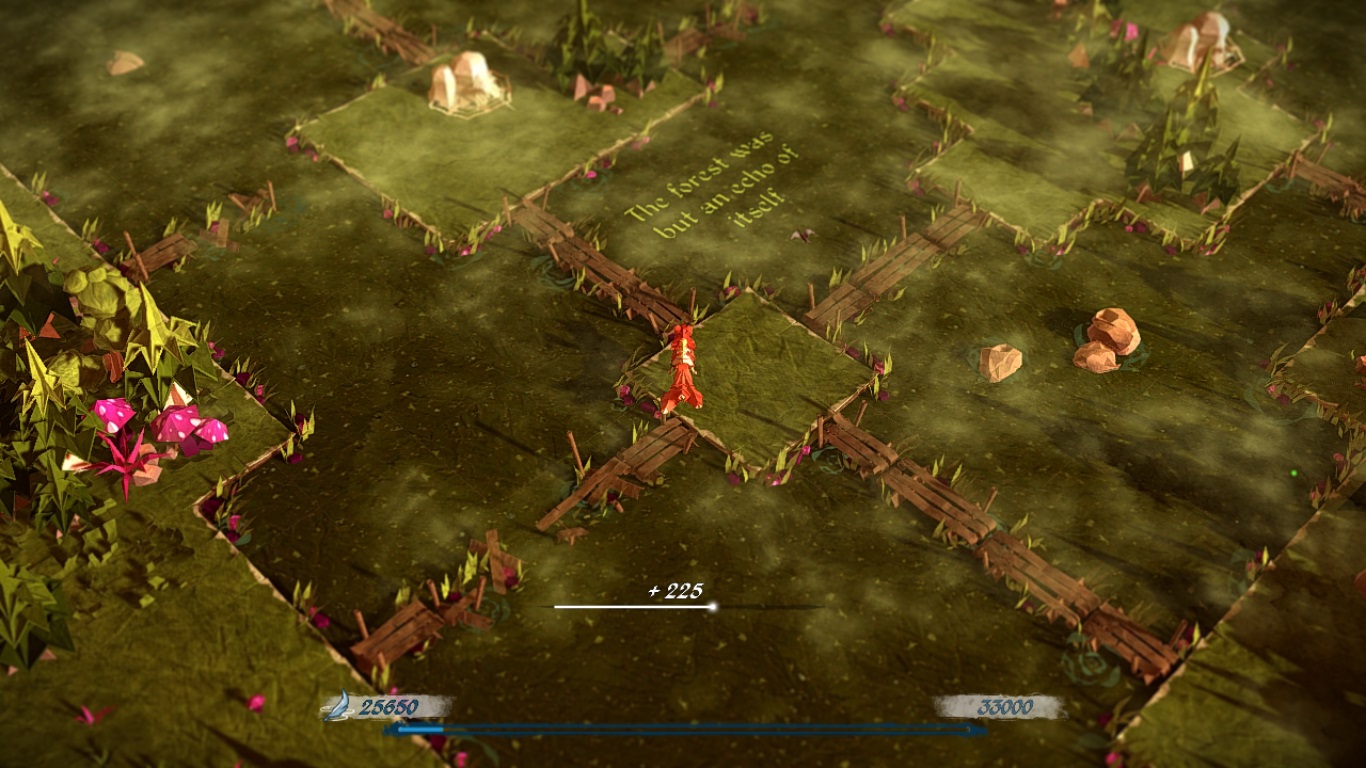
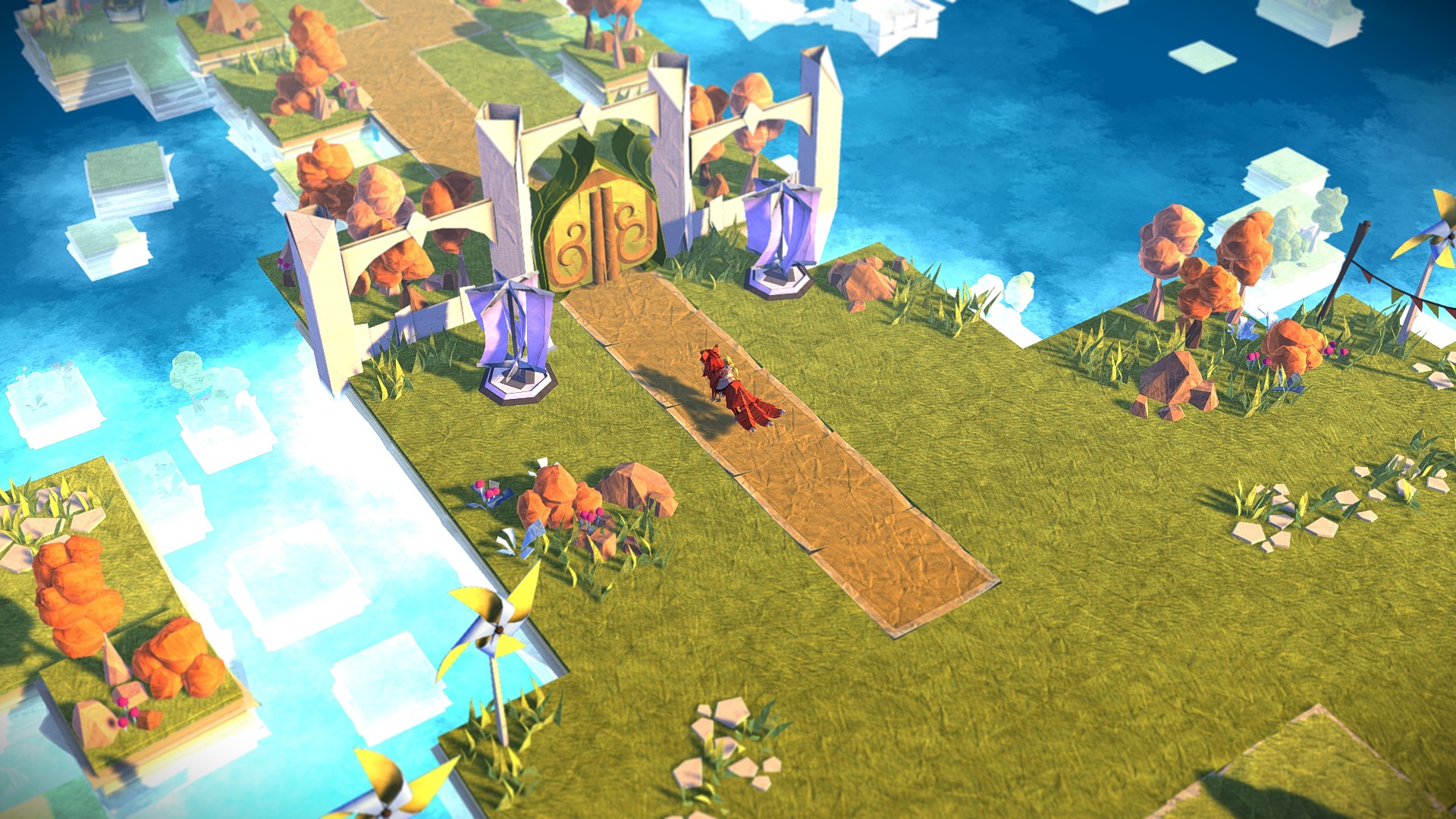





Published: Jul 7, 2016 08:54 am